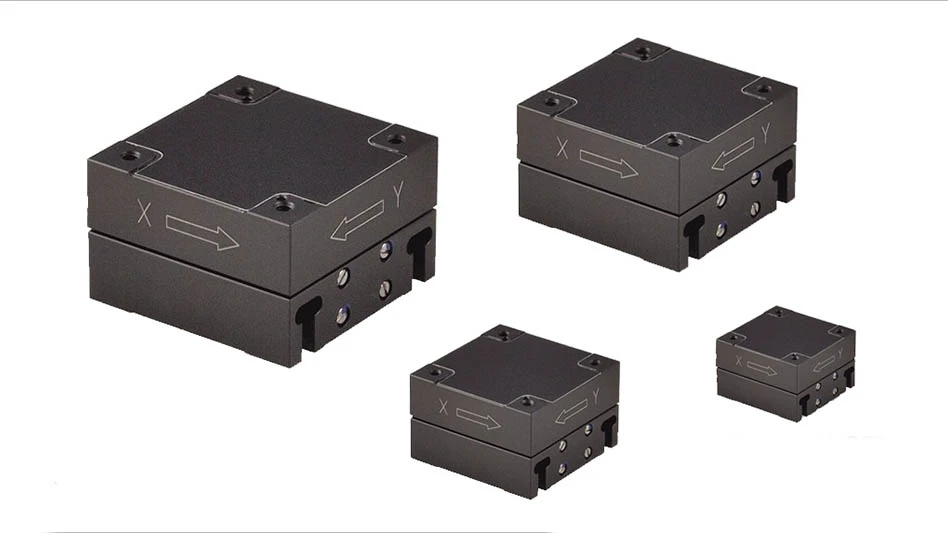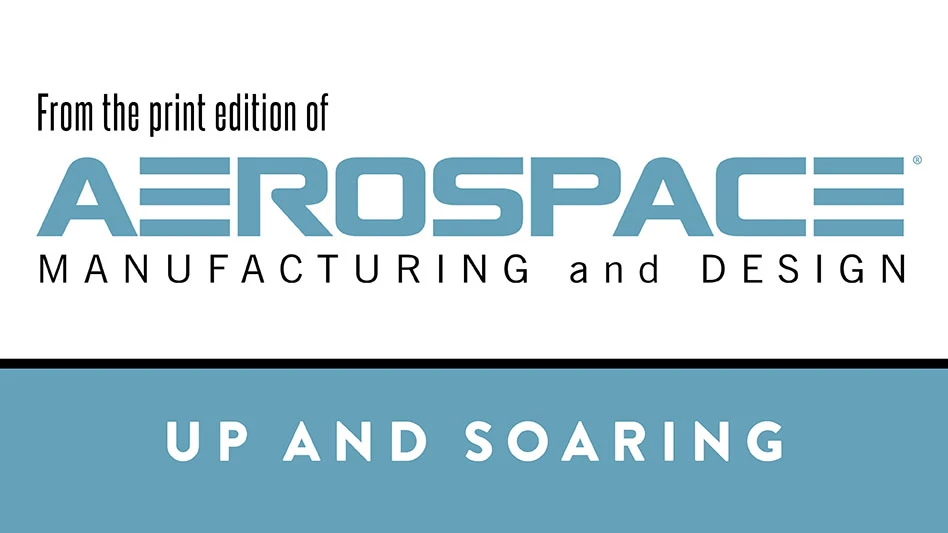
Jamco America Inc.
Airlines planning for a post-pandemic era are predicting return of international business travel by late 2023 or 2024. Since it can take one to two years to complete a typical integration program for delivery of a reconfigured aircraft, the time to start conducting future planning is now.
In this article, Jeremy Hunter, senior sales and marketing manager, and Don Wren, Jamco America’s executive vice president, both from Jamco America, one of the most experienced interior products suppliers and turnkey aircraft interiors integrators in the industry, answer some key questions about how airlines can mitigate risk as they reconfigure aircraft with dividers, bulkheads, and monuments, including closets, video control cabinets, lavatories, and premium seating.
Q: Why is turnkey for aircraft modifications a better option for airlines?
A: A key issue airlines face when modifying their aircraft interiors is risk. Interior installation and reconfigurations are complex programs, involving design, engineering, testing, certification, manufacturing, and final installation. These are extensive undertakings and airlines often focus on mitigating risks associated with schedule, cost, and quality. That is why the ability to offer a complete set of products and services and/or to integrate third party supplier products is so critical. This method essentially hands the keys of a completed interior to an airline, significantly reducing the many risks involved.
Jamco America has a suite of services at its facility in Everett, Washington, including fully staffed engineering, technical publications, manufacturing teams, testing capabilities (electrical, dynamic, thermal, acoustic, life cycle, and material strength), as well as an on-site Federal Aviation Authority Organization Designation Authorization (FAA ODA) certification department. This investment in commercial aerospace capabilities provides a turnkey experience that proactively mitigates risk.
By contrast, alternatives that increase the number of suppliers supporting a given interior modification require increased coordination among suppliers, thereby inducing additional risk to the program.
Q: What are the main areas in the course of a program that cause delays?A: Some of the major issues that interior installation/retrofit modification programs face include testing failures, other certification compliance findings, manufacturing delays, and quality issues – sometimes late in a program.
For example, one of Jamco America’s recent interior installation programs resulted in a dynamic testing failure, which is not uncommon with product development. However, with a testing facility right next door to the engineering team, the integration team was able to quickly react to resolve the issue, retest, and avoid impact to the program schedule.
Another area of potential delay that can be mitigated by use of a turnkey organization is certification compliance issues found on products or with the installation of products late in a program. The presence of on-site ODA enables FAA unit members to review the product and installation engineering in real time using multiple internal design reviews that occur during a program. This can significantly reduce risk when compared to situations in which the certification organization works with a separate engineering design firm or is dependent upon limited FAA resources, which may have more critical priorities to support.
“Yes, schedule delays are very often the biggest risk for airline customers during an aircraft interior modification program,” Wren explains. “Any delays in the modification schedule can impact fleet maintenance planning and even route planning. Interior modifications are typically performed to prepare a number of aircraft for the introduction of a new route or to introduce a new class of service on existing routes. Both can be time-sensitive for the airline to remain competitive and meet commitments to their own customers and shareholders.”
Q: Are there benefits to using a turnkey organization even for isolated portions of a program?
A: Using an organization with turnkey knowledge and experience is beneficial even for an isolated portion of work. Because the organization has experience in all aspects of an aircraft interior modification program, it can provide more efficient and effective coordination compared to companies that do not have that level of experience or understanding.
Q: Are there any negatives to using a turnkey organization?
A: Resources must be carefully managed to avoid a situation in which the turnkey organization takes on too much work. For example, Jamco America constantly monitors its resource capacity using a variety of management tools to avoid overextending resources.

Q: What is the value of integrator as part of providing a turnkey solution?
A. Aircraft interior modifications often include more than one supplier. Problems could arise if no organization involved has turnkey integration capabilities. In that case, it would be the airline’s job to manage the program and ensure there are no gaps or overlaps in roles and responsibilities among all the multiple suppliers. The airline already has a full time job moving passengers, so there is a high risk that a gap will result – potentially putting the whole program at risk. A turnkey integrator will oversee all the other supplier activities to ensure a unified schedule and work scope for the program. In effect, this integrator is the airline’s eyes and ears and will manage all technical milestones and deliverables. The integrator is an indispensable team leader who will assist the airline to overcome all hurdles along the way, and with unequivocal focus on staying on time, on budget, and at the highest quality.
Q: How are complex interior programs managed?
A. For complex programs, the key to success is a highly qualified and experienced program manager. While there will always be challenges, experience and product maturity within a program will keep risk to a minimum. Understanding each applicable aircraft and the respective pre- and post-mod configurations will ensure the program can launch smoothly. When there are unknowns, decision gates must be set. There are often major milestone meetings, for example, the initial technical coordination meeting, preliminary design review, and critical design review. If the milestone entrance and exit criteria are managed well, the program will run smoothly. Proper notice, tracking, and resolution are the only way to mitigate any impacts. For example, each program manager in Jamco America’s program management office holds Project Management Professional (PMP) certification and has more than 25 years of commercial aerospace experience.
About the authors: Jeremy Hunter, Jamco America’s director of sales and marketing, has more than 16 years’ experience in the aerospace industry with a background in mechanical engineering, program management, and sales and marketing. Don Wren is Jamco America’s executive vice president, responsible for sales and marketing, program management, engineering, technical services, and certification. Don has an extensive commercial aerospace interiors background in engineering and certification, including experience at Boeing and the FAA prior to Jamco America.
Latest from Aerospace Manufacturing and Design
- Talking machine tools with the professionals who build them
- Tools and strategies for improving your machining processes
- America Makes announces QTIME project call
- Innovation meets precision for 40% faster machining
- Upcoming webinar: Pro tips from a supply chain strategist
- Heart Aerospace relocates to Los Angeles
- Fixtureworks introduces Stablelock Clamps
- Piasecki acquires Kaman's KARGO UAV program





